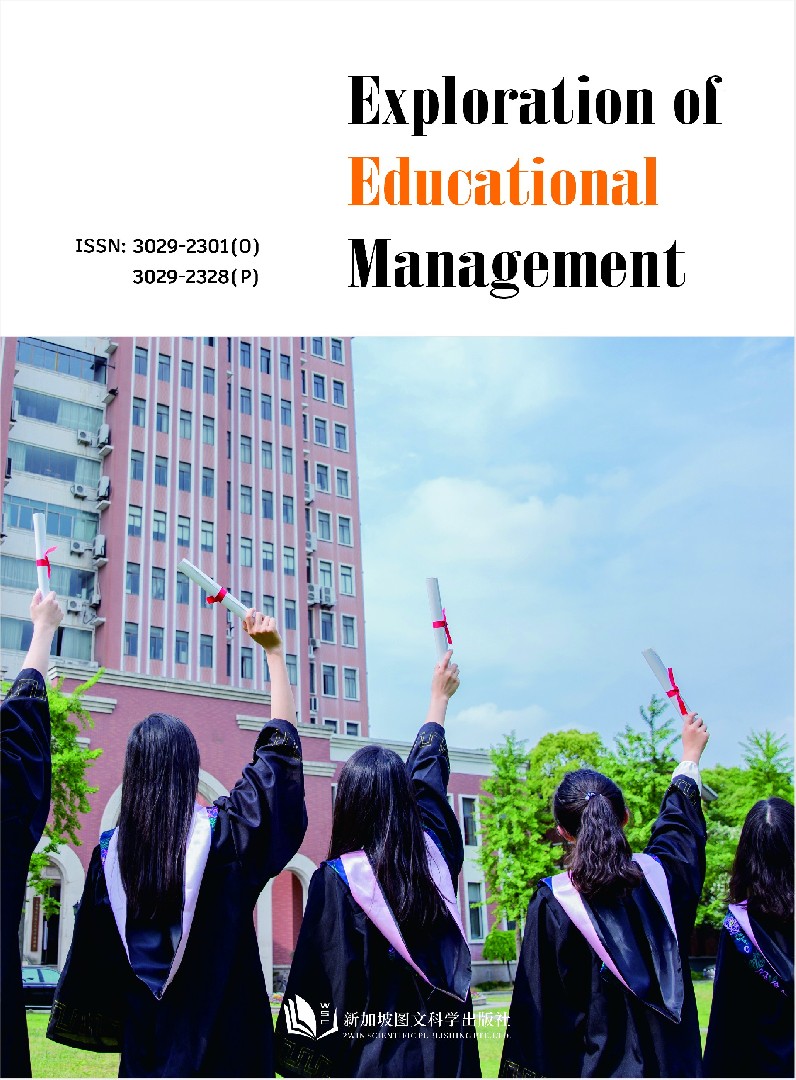作者
Huachi Zhong
文章摘要
With the implementation of the Family Education Promotion Law of the People’s Republic of China, family education has once again aroused people’s hot discussion. Family education not only affects the harmony of the family, but also affects the stability of the society, which is very important in the whole educational activities, and has a close relationship with school education and social education. But at present, there are still some problems in family education in China, such as the serious performance-based concept, excessive emphasis on intellectual education, and neglect of children’s individual interests. Dewey’s educational teleology believes that the purpose of education lies in education itself, rather than the external, compulsory and ultimate goal, which requires attention to children’s free personality growth, practicality, flexibility, immanency and other characteristics. A correct grasp of the essence of Dewey’s educational teleology can correct the existing problems of family education in China and correct the development direction of family education. Promote children's moral, intellectual, physical, beauty and labor all-round development.
文章关键词
education skopos, family education, children’s growth
参考文献
[1] John Dewey. Democracy and Education [M]. Wang Chengxu, trans. Beijing: People's Education Press, 2001.
[2] Jiang Junhe. Dewey's Educational Teleology and its Enlightenment [J]. Foreign Educational Research, 2005, (02): 26-28+72.
[3] Zhang Junhong, Chen Keng, Yang Wenping. Thoughts on Dewey's educational Teleology [J]. Journal of Chongqing University of Education, 2012, 25 (05): 131-133+157.
[4] Wu Peiqi, Li Na. The Contemporary Value of Du Wei's Theory of Educational Aimlessness [J]. Journal of Shangqiu Normal University, 2005, (04): 149-150.
[5] Li Maogong. Dewey on the Purpose of Education [J]. New Teacher, 2019, (05): 13-15.
[6] Xiao Feng, Zhao Sha. The Enlightenment of Dewey's Education Theory to Modern Education [J]. Journal of Inner Mongolia TV University,2007,(05).
Full Text:
DOI
